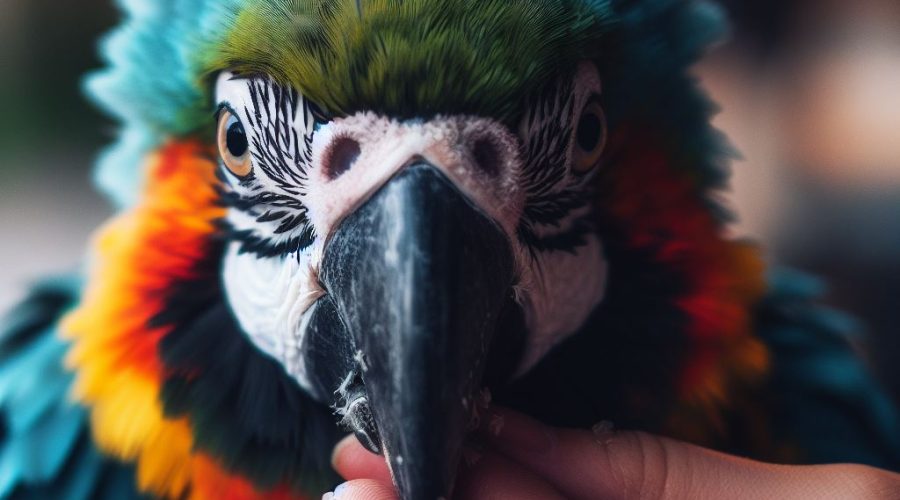Insights into Parrots, their Behaviour and Communication
Parrots are a fascinating species, not just because of their vibrant colours and distinctive appearance, but also because they possess a unique ability for vocalisation. If you’ve ever spent time around these intelligent creatures, you’ll know that their chatter extends beyond mere mimicry. They’re capable of expressing a variety of emotions and needs, which we can understand better if we learn to decode their language.
It’s essential to understand that parrots communicate through a combination of vocalisations, body language, and behavioural cues. For instance, a parrot might bob its head to show excitement or ruffle its feathers when it’s relaxed. They also use distinct sounds to express different emotions – a low, soft chatter often indicates contentment, while loud screeches may signal fear or irritation.
Understanding these nuanced behaviours can significantly improve our interactions with these birds, making them more comfortable and happier. It’s similar to learning a new language; the more you practice, the more fluent you become. Spending quality time with your parrot and observing their actions can be a rewarding experience.
A common misconception about parrots is that they mimic human speech purely for entertainment or mimicry. However, studies suggest that parrots use human words contextually, meaning they understand the correlation between the words and their meanings. For example, an African Grey Parrot named Alex was known to identify different colours, shapes, and quantities using English words.
Parrots also use non-verbal cues for communication. For instance, a fluffed-up parrot with its beak grinding is likely ready to nap, while a parrot with pinning eyes (pupils expanding and contracting quickly) is excited or interested in something. Understanding these cues can help us better cater to their needs and improve our bond with them.
The language of parrots is an amalgamation of sounds, words, and body language. Their intelligence and emotional complexity are indeed remarkable, and understanding their language opens up an entirely new way to interact and empathise with them.
Decoding the language of parrots, much like understanding any foreign language, requires time, patience, and lots of observation. But the reward is a deeper, more meaningful relationship with these incredibly intelligent, emotional creatures.
The more we understand the language of parrots, the more we appreciate the depth of their intelligence and emotional capabilities. So the next time your feathered friend lets out a squawk or bobs its head, remember – they’re trying to communicate with you in their unique language.

